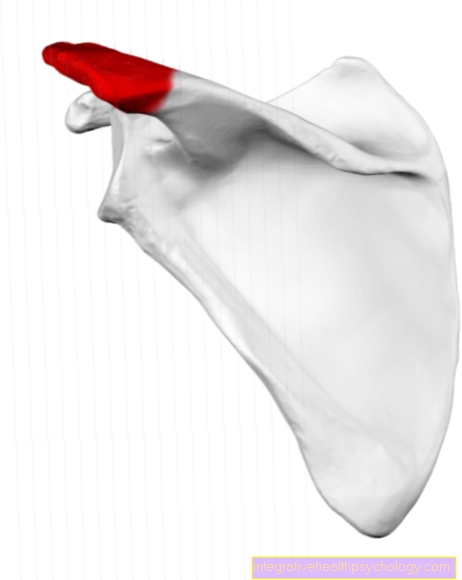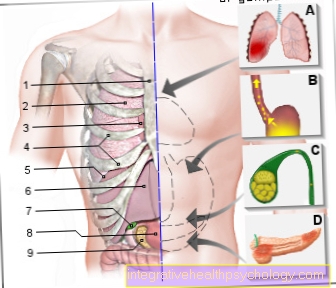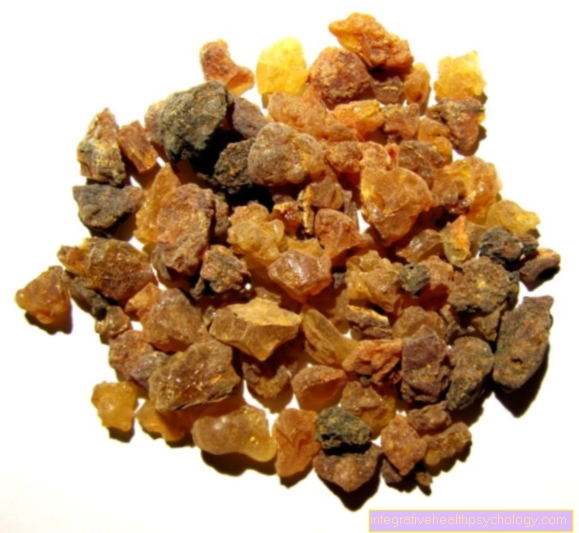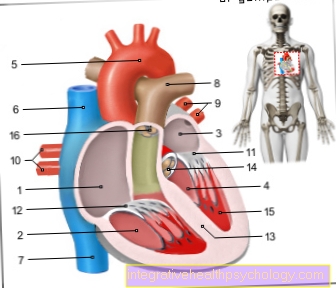The 1: 5 defense
introduction

In practice it can often be observed that children and young people learn the handball game by defending against a 6-0 formation. The players then all stand close to the circle and fend off the attack of the opposing team in a very defensive and unattractive way. There is only a block and throw defense, the important 1: 1 situation, which also offers additional advantages in attack, remains on the track. It would be better if the children first learn in the E-youth and D- youth the opponent-oriented man marking. In the transition from D- youth to C- youth Then the space-bound defense (1: 5 defense, 6: 0 defense) is introduced.
Defense training should initially focus on skills in individual defense training.
After the change of man marking, an offensive defensive formation should initially fend off the attack. The attack tries to push into the gaps in the defense by means of deceptions, the defense tries to close the gaps quickly through effective footwork Outnumbered situation at the ball venue to force. From a methodological point of view, an offensive defense following the man marking is very useful, as the elements merge into one another. Purely defensive behavior at the circle would be a completely new situation. A passive 6: 0 defense hardly prevents the attacker from passing and in the youth field there is always a goal throw by the same player. An offensive defense prevents the passing game of the attack in the build-up and provokes bad passes and thus initiates quick counter movements. Physically inferior teams are particularly good at preventing an attack through offensive defense.
Active and open defense is the premise in the basic training (see DHB framework concept). Children and young people have the opportunity to actively intervene in the game and thus enable an attractive and exciting game.
The defense game and the attack game are mutually dependent. The different development of the youngsters often means that a single player decides a game. This already takes revenge in the B and A youth, when this player can no longer play his physical advantages. Therefore, coaches should not train in a success-oriented manner, but rather ensure that it is not always the same player who scores the goal, but the entire team. The aim is to develop a compact all-round player who, however, also has a certain individual player profile.
Short: the defense game in children and adolescents should be offensive and active, so
- The build-up of the opponent's play is disturbed early on
- Counter opportunities are earned
- The radius of action is reduced
- Handball becomes more attractive.
Basics of 1: 5 defense
The defensive game is only possible through good communication and understanding between the defenders (Agreement rules).
After Man coverage the player must now have an easily understandable defense formation in the form of Space coverage learn. Under no circumstances should you be overwhelmed when it comes to tactics. The 1: 5 defense is therefore a suitable transition from the man marking. The defenders act in rows along the free throw line, one player (HM) covers the opposing circle. In comparison to 6: 0 defense If the covered area is much further into the field, long-range throws by the attacking team are much more difficult. In order to learn the 1: 5 defense as quickly and effectively as possible, the following principles must be observed:
1. Principle:
Each defender covers a specific space and not a specific opponent. Every defender acts in this room against an attacker. He is used to this situation from the man marking. The main focus of the training is the correct position towards the opponent and active ball-fighting, based on the presence of man. Only when these are mastered can ball-oriented mating be possible. That means moving or compressing to the ball side. The center back (HM) always covers the circuit from the rear. Depending on which attacker the ball is with, the attacker acts in frontal position to the opponent. The neighboring defensive position takes place by means of a step position in order to be able to intervene actively and quickly in the game.
2nd principle:
Active coverage, i.e. fight early. Especially the front center, the full-backs and half-backs have to cover the opponent early and try to fight. The VM defender has the option of moving the attacker's entire attack game towards the middle of the field.
3rd principle:
If an attacker bounces, play press coverage. The goal of the defense in a 1: 5 formation is to disturb the opponent in every conceivable situation. The possible play stations secure through close contact. In this way, among other things, targeted errors in the attack are provoked.
4th principle:
Disrupt passing and combination play and provoke long passes. The (VM) in particular should prevent the man from playing by actively walking towards the man, and thus prevent a long pass between the backcourt players. Use the defensive player's stepping out only sporadically so that the attack cannot adapt to this situation.
5th principle:
Always accompany attackers in the short throw zone. Every defender is responsible for his opponent.
6. Principle:
Attackers who arrive before the defense are handed over. This principle requires a tactical teamwork of defense. The defender should always try to act between the opponent and the goal. If the attackers move in front of the defensive players in the area of the distance throwing zone, these are usually handed over.
7th principle:
Help the teammate if he is overrun. With offensive defensive behavior, the attack usually acts in a 1 on 1 situation. If a defender is e.g. Overrun by a deception, his teammates have to help him out. The HM in particular acts as a "Libero" and helps out.
The methodical way to 1: 5 defense.
The 1: 5 defense should mostly be learned in simplified game-related situations.
Aids are:
- Reduction of the defense area
- Limited attack behavior
- Train 1 on 1 specifically and separately
- Train footwork
1st game: 3 against 3
- Without throwing a goal
- With goal throw
- With change of position
- In free play
2nd game: 4 against 4 (Add circle player)
3rd game: 5 against 5 (without a circle player)
4th game: 6 against 6
Tips for the competition
- Confront players with strong throwing power and a small, fast player. HM must always pay attention to the auxiliary function.
- Fight strong throwers early and very aggressively.
- Often disrupt the pass path to the strong throwing player to unsettle the team.
- Man coverage is a prerequisite for 1: 5 defense.
- Change positions in development frequently.





























